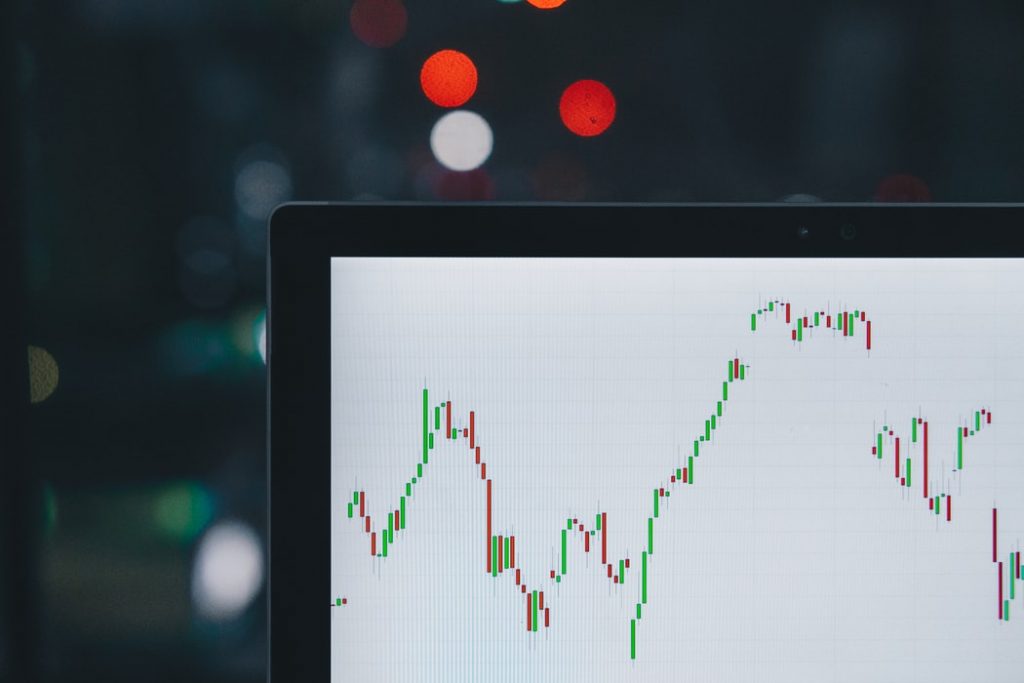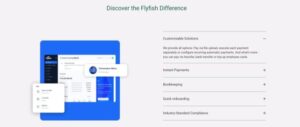Managing forex trading risk efficiently in 6 steps

Managing forex trading risk efficiently in 6 steps
Forex trading refers to the buying and selling of currency pairs. In forex trading, profit is generated through the spread, which is the difference between the value of a currency pair during buying and selling. It is a fact that every business activity involves some kind of risk which has a significant impact on its profits also. The risk in forex trading and in any other business activity cannot usually be eliminated entirely. However, its impact can be reduced by efficiently managing it. Here is a step-by-step guide for managing risks involved in forex trading.
Step 1: Determination of Risk Tolerance:
The foremost and the most significant step is to first determine your risk tolerance before entering forex trading. Risk tolerance differs from trader to trader based on several factors. Usually, traders define a fixed percentage of their account balance as the risked amount for every trade they enter. This percentage often comes as a result of trading knowledge and experience. New traders in the best online trading platforms most probably opt for trades with smaller risk percentages due to their inexperienced nature and lack of trading and market knowledge. After getting used to the market, environment, and trading system, a trader may increase his risk percentage as per his convenience because higher risk in trade results in higher profits also. But going for a too larger percentage with anticipation of larger profits is also not favourable for traders. The aim of trading is not only making profits but also maintaining a safe level of funds to be utilized for future trades. Therefore, a moderate level of risk is better to set instead of going too high or too low.
Step 2: Customizing Contracts:
The second step is concerned with the customization of contracts. There are various tactics and strategies that can be used for trading in forex. Every strategy has a different approach. Some focus on specific profit targets and stop-loss, while others may have an entirely different focus. If you use a technique that allows fixed stop loss, then keeping in consideration the currency pair you, you can easily calculate the number of contracts required to be entered for achieving the desired results. Traders using strategies that focus on the financial instrument being traded or the stop size can face difficulty when trying to calculate the number of required contracts. Customizing your contracts or the size of positions is an effective yet easy method to ensure that you are going in the right direction in terms of risk. A mini lot in trading consists of 10,000 currency units, while a standard lot consists of 100,000 currency units, with the base currency being EUR/USD. You should decide the most suitable lot for you based on your risk level. In Forex trading, the flexibility of risk regarding what and when can play a significant role in determining your success.
Step 3: Determining Timing:
Timing has a crucial role to play in availing potential opportunities in forex trading. Losing an opportunity just because of unavailability is a very frustrating situation for a trader. Most of the part-time traders come across such situations because forex operates round the clock. The most effective solution for this problem may be the use of an automated trading robot that can avail all potential opportunities. However, this is not a potential solution because it cannot be followed by a large number of traders due to various reasons. It means that a trader must be present all the time when opportunities arise to make the most of them. The number of traders who are available all day long for trading is quite low, and most of the traders are ones with a full-time or part-time job along with others things to do along with trading. The most suitable manner of managing risk in this situation is by setting trailing stop orders. Trailing stop orders are effective for capturing value for your trade automatically when the market conditions are favourable and close trades in case of unfavourable market movement.
Step 4: Avoiding weekend gaps:
Most of the forex trading markets remain closed on weekends. They suspend their operations on Friday afternoon till the markets are opened after the weekend. This simply means that the trading stops on Friday and the charts apparently freeze all around the world in terms of price until the trade is resumed. However, in reality, the prices are still fluctuating during the weekend and would be significantly different after the weekend as they were on Friday when the trade stopped. This results in gaps between the projected and actual stop loss and profit target, which ultimately leads to more or less loss of profit. A gap-trading strategy could be employed to cope with such a situation. Moreover, leaving the trade before the weekend is also an effective tactic to be used.
Step 5: Watching news:
Watching news related to factors acting upon in forex trading is far more important than many traders realize. News events knowledge also has some significant advantages for those who want to manage their trades effectively. News related to employment, inflat8n reports, or central bank decisions have the tendency to have major changes in the market, such as a weekend gap. Just like the movement of trades during the weekend, the market may results in gaps suddenly after a specific major news event. A better approach towards risk management would be not placing trades before a major news event.
Step 6: Affordability:
The last step of the process is concerned with the affordability of the trades you place. Here, affordability refers to the amount that a trader can afford to lose in a trade. A common rule followed by traders is that one should never invest more amount than what he can afford to lose. This completely makes sense before any further clarification. The risk in forex trading is obvious which cannot be eliminated despite your experience and level of knowledge. Risking your entire fund that may consist of your savings, just for the expectation that you might get, is not in any way a sound decision. You must be very careful with how much you invest and where you invest to earn the maximum profit with low or moderate risk.
These were the standard steps followed by professional traders for managing and diversifying their risk in forex trading. Although other factors are also important, following these steps might produce considerable improvement in your risk management outcomes.





